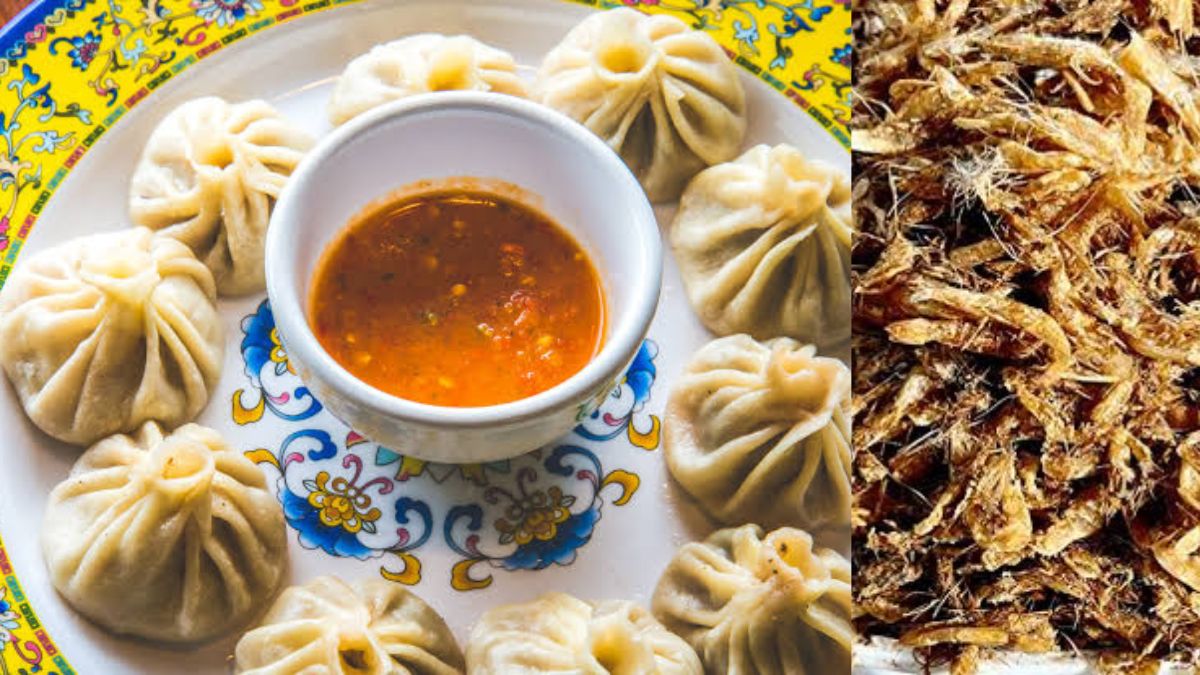
Sikkim’s unique cuisine cannot be found in other regions of India, which is another reason foodies should put Sikkim on their travel wish list. Enjoy the food on the streets or visit the newest eateries providing Sikkim-specific dishes. We are confident that once you experience the sweet and sour flavours of Sikkimese cuisine, you won’t want to leave.
Let’s look at some of Sikkim’s most renowned dishes that you shouldn’t miss:
1. Momo
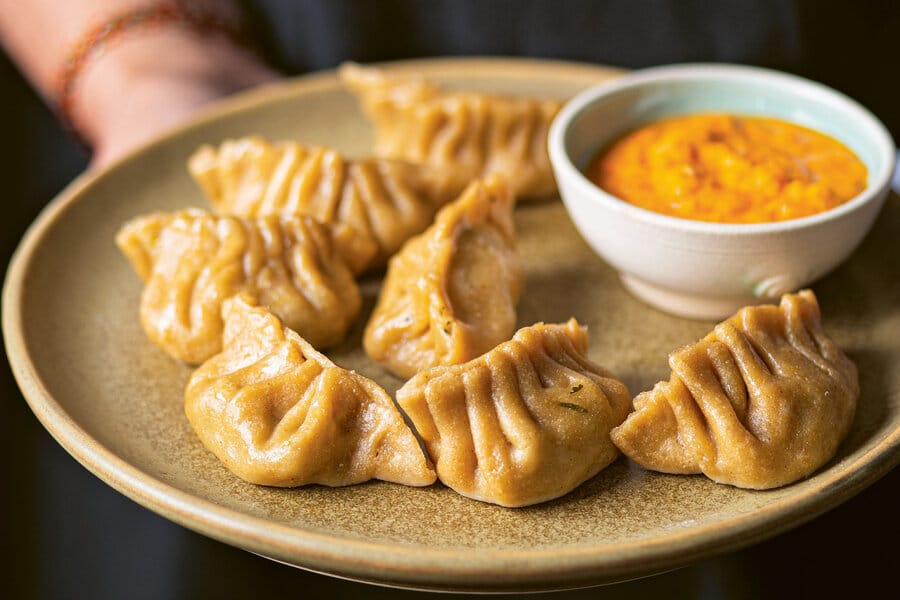
The momos are the lifeblood of Sikkim. They are thought to be of Tibetan origin and have been changed by Nepalese cuisine. Steamed buns with a filling are known as momos. The cover and the filler make up the majority of the time. White flour and water are used to make the dough for the cover. To improve the texture of the momos, yeast or baking soda may occasionally be included in the dough.
2. Gundruk
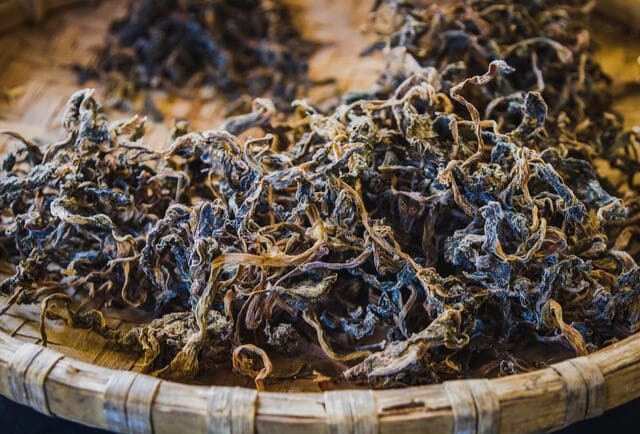
One of Sikkim’s staple meals, gundruk is a dish of Nepalese origins. A leafy meal called gundruk is made with some mustard, cabbage, or radish leaves and is entirely vegan. Only the villages that people construct in their homes are truly authentic. It is high in roughage and supports a healthy body metabolism. Although this Sikkimese cuisine is typically prepared in an earthen pot, various methods of preparation have become popular. This is one food that hasn’t changed much throughout the years and doesn’t appear to have undergone much change.
3. Dhindo

Boiling water is used to make dhindo, which is then slowly mixed with buckwheat, crushed millet, or cornflour. Then, until a sticky paste forms, the mixture is continuously churned. Since millets cling between the teeth, the paste is formed into balls, dipped into lentil soup or chutney, and then consumed. In Sikkim and Nepal, this meal is regularly eaten.
4. Kodo ko Roti
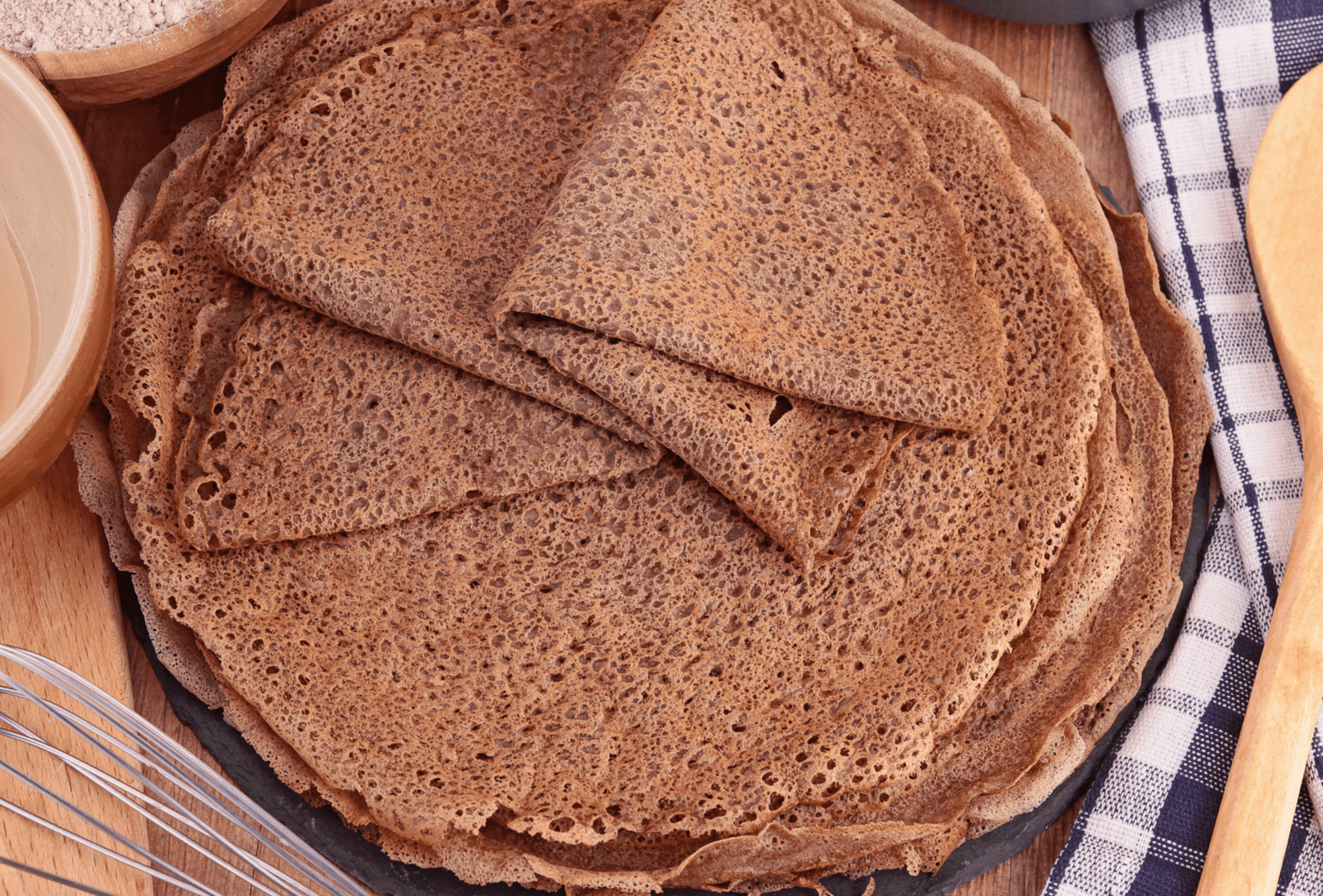
Finger millet, also known as Kodo, is pounded into flour and combined with water, salt, or sugar to make Kodo Ko Roti, a common Sikkimese dish. The resulting dough is then used to make rotis, which resemble pancakes. The ideal way to enjoy it is with tomato chutney and a variety of pickles, which provides a lovely flavour combination. It is normally served as a light lunch or snack. This dish is praised for its distinctive flavour and texture and highlights the usage of regional ingredients. This traditional Sikkimese meal gains a hint of sweetness and richness from the addition of ghee and sugar. You may sample Kodo Ko Roti at a number of Sikkim-based local diners and restaurants that specialise in Nepali food.
5. Sinki
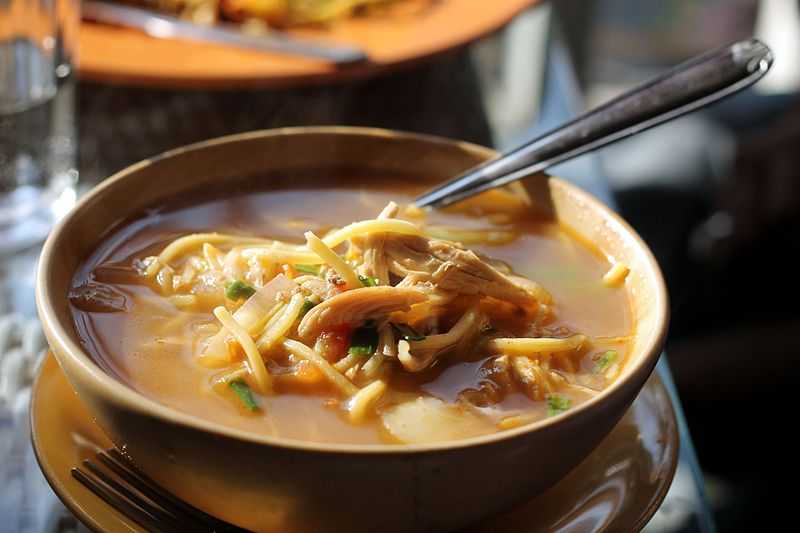
Sinki is another Sikkim traditional dish whose ingredients or preparation have not undergone any significant changes. It is prepared from radish taproots, but otherwise it is very similar to Gundruk. The cut radish roots are placed in bamboo and covered with straw after being placed. For about a month, this bamboo is covered with plants and mud and allowed to ferment. This month-long prepared Sinki is now ready to be used in stews and soups and can stay fresh for a year. Additionally, it can be eaten as a pickle with parathas and other foods.
